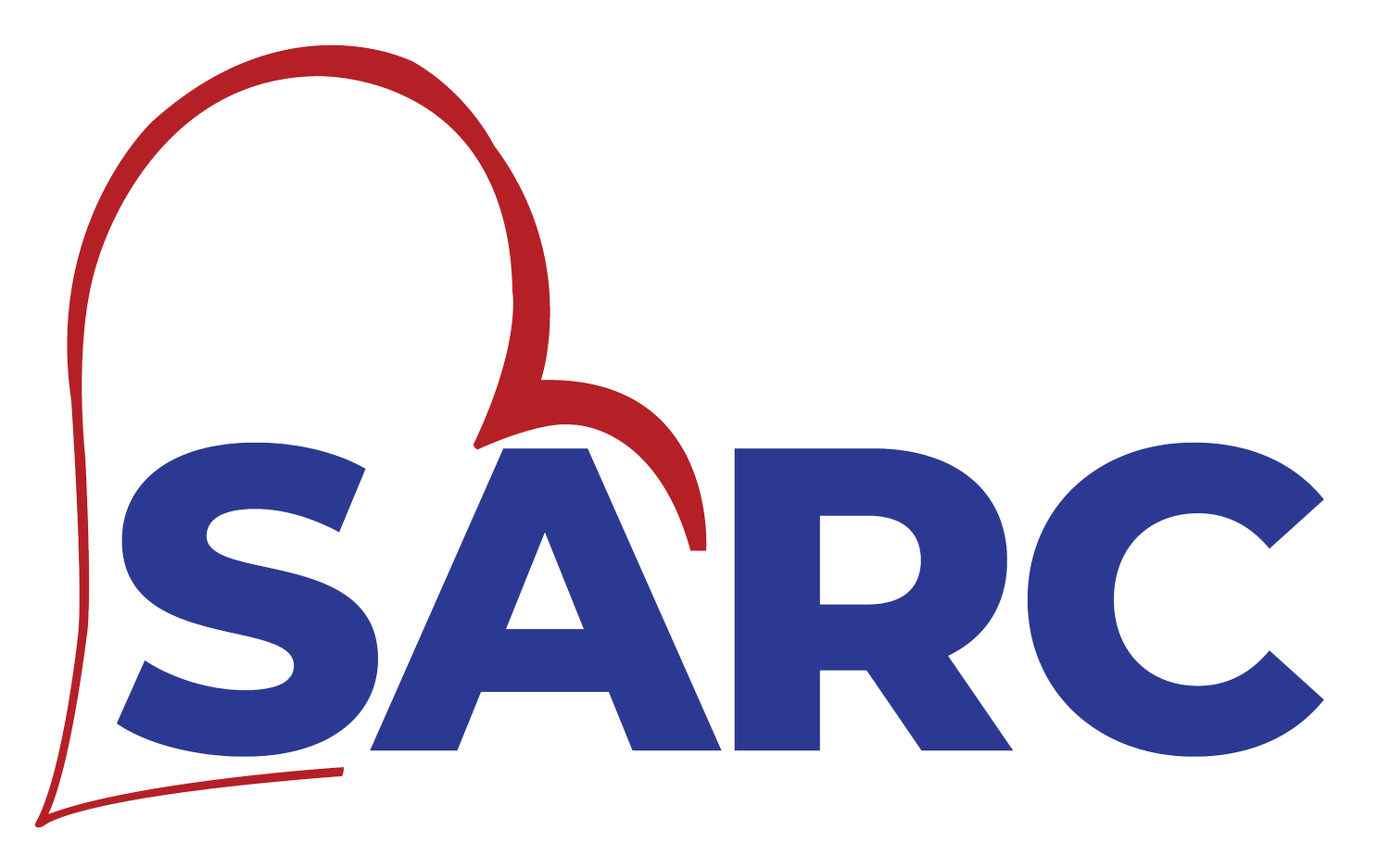BPH (Benign Prostatic Hyperplasia)
Medical Conditon:
Benign Prostatic Hyperplasia (BPH) or Benign Prostatic Enlargement(BPE) is a non-cancerous enlargement of the prostate gland, common in aging men. It can cause Lower urinary tract symptoms (LUTS) such as frequent urination, difficulty starting or weak urine flow, and incomplete bladder emptying. The exact cause is unclear but linked to hormonal changes with age. While treatment options like medications or minimally invasive procedures such as transurethral microwave thermotherapy (TUMT) or surgery like transurethral resection of the prostate (TURP) are commonly used, another emerging option is Prostatic Artery Embolization (PAE).
PAE (Prostatic Artery Embolization)
PAE is a minimally invasive, outpatient procedure. During a Prostatic Artery Embolization (PAE) procedure, the patient is usually given a local anesthetic to numb the area where the catheter will be inserted, typically in the groin area. Using X-ray guidance, a thin catheter is then threaded through the artery until it reaches the arteries that supply blood to the prostate gland. Once in position, tiny particles or microspheres are injected through the catheter into these arteries, blocking blood flow to the prostate tissue. This causes the prostate to shrink over time, relieving urinary symptoms associated with BPH.
The procedure is typically performed on an outpatient basis, and patients can often return home the same day. Recovery time varies, but most patients can resume normal activities within a few days to a week. Some individuals may experience mild discomfort or urinary symptoms, such as increased frequency or urgency, for a short time after the procedure. Follow-up appointments are typically scheduled to monitor the effectiveness of the treatment and address any ongoing concerns.
Frequently Asked Questions for PAE (Prostatic Artery Embolization)
-
PAE is a minimally invasive procedure for treating benign prostatic hyperplasia (BPH), reducing prostate size by blocking blood flow to the gland.
-
PAE shrinks the prostate, alleviating urinary symptoms like frequency, urgency, weak stream, and difficulty emptying the bladder.
-
Candidates are men with moderate to severe BPH symptoms unresponsive to medication or those seeking an alternative to surgery.
-
A catheter delivers tiny particles to block arteries supplying blood to the prostate, causing it to shrink.
-
PAE is minimally painful, typically done under local anesthesia, with mild discomfort afterward.
-
Risks include bleeding, infection, or tissue damage, though serious complications are rare.
-
Most resume normal activities within days, with temporary urinary symptoms that resolve in weeks.
-
Relief varies, but many experience significant improvement for several years, with long-term follow-up needed.

